2024 年工业冷水机市场规模为 27.7 亿美元,预计到 2031 年将达到 43 亿美元;预计 2025 年至 2031 年的复合年增长率为 6.6%。先进技术与工业冷水机的结合以及能源转型目标的提升可能会在未来几年为市场带来新的趋势。
工业冷水机市场分析
金属加工行业的扩张和新再生塑料工厂的投入使用推动了工业冷水机市场的发展,这些因素增加了对高效冷却解决方案的需求。此外,各个行业越来越多地采用工业冷水机进行节能运行,这也推动了市场的增长。政府为支持制造业增长、鼓励现代化和技术升级而进行的大量投资也为市场带来了更多机遇。此外,领先企业的合作、并购和产品创新等关键战略发展正在增强市场的竞争格局。这些因素共同为工业冷水机创造了一个强劲的市场环境,使企业能够优化生产流程,同时降低能耗和运营成本,从而支持全球工业的可持续增长。
工业冷水机市场概览
工业冷水机是一种冷却系统,用于去除工业过程中的热量。这些冷水机用于冷却粘稠液体,例如化学品和水,这些液体用于制药、食品饮料和工业制造等各个行业。工业过程会因摩擦、燃烧或设备运行等活动而产生热量。工业冷水机用于避免火灾并延长设备的使用寿命。这些传统的系统在很多方面都与暖通空调(HVAC)冷水机不同,包括水路和组件集成。制药、食品生产、石化、塑料生产和金属电镀等行业都在其制造过程中使用工业冷水机。例如,在食品加工厂,为了冷却食品或饮料储藏室,工业冷水机用于使冷却的丙二醇在冷却盘管中循环流动。葡萄酒厂和啤酒厂广泛使用这些冷水机来维持其产品的理想温度。食品制造商使用它们来冷却冰淇淋机和面团搅拌机。近年来,工业冷水机的需求以惊人的速度增长,这得益于各种终端行业越来越多地采用这些冷却系统来克服加工过程中与机械相关的各种加热问题,并提高整体工业生产效率。
自定义此报告以满足您的要求
您将免费获得任何报告的定制,包括本报告的部分内容,或国家级分析、Excel 数据包,以及为初创企业和大学提供超值优惠和折扣
工业冷水机市场: 战略洞察
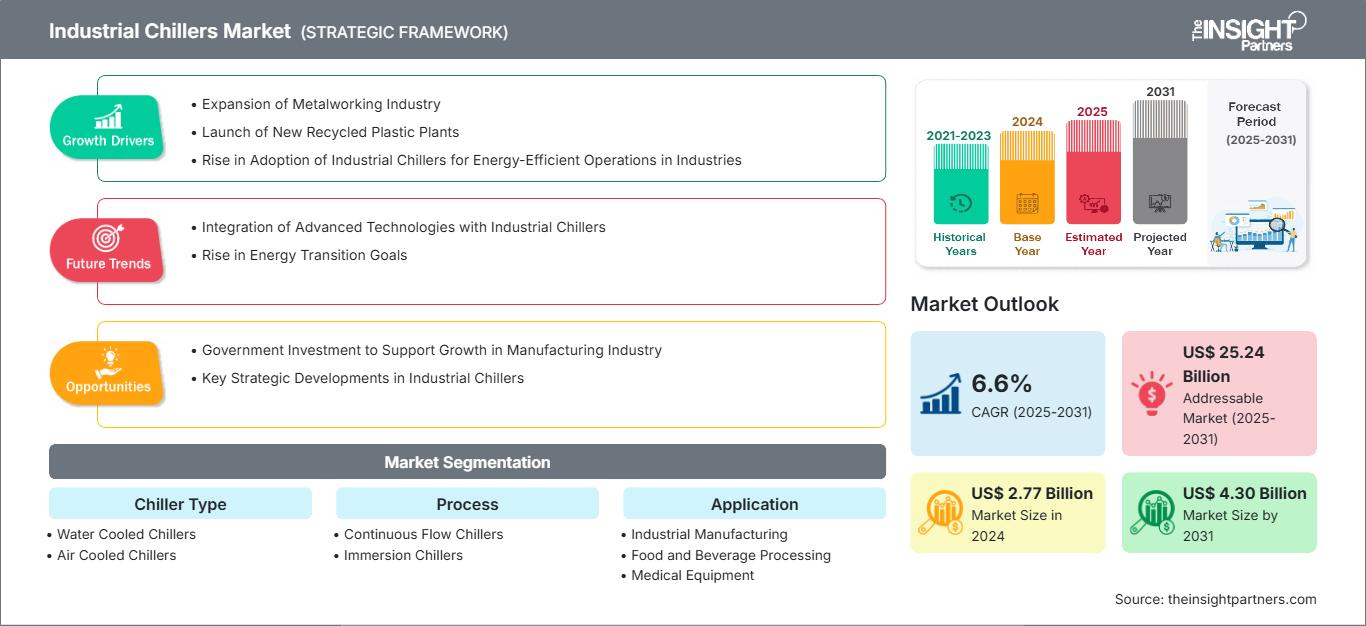
-
获取本报告的主要市场趋势。这个免费样本将包括数据分析,从市场趋势到估计和预测。
工业冷水机市场驱动力与机遇
金属加工行业的扩张
金属加工是指对金属进行成型和塑形,以制造汽车、食品饮料、石油天然气和其他行业所需的结构、工具、设备和物品的过程。涉及石油钻井平台、船舶和桥梁的大型项目以及包括发动机在内的小型部件都需要金属加工。切割、焊接、铸造和成型等各种技术都可用于形成所需的金属结构。这些技术或工艺可以在恒定的所需温度下高效进行。工业冷水机用于在金属加工过程中提高产品质量。如果热量散发不当,会对成品的质量产生不利影响。例如,对于点焊,使用电阻电极来焊接接头,而工业冷水机可以防止电极过早烧坏。在压铸工艺中,工业冷水机用于冷却熔液倒入的盆/模具,通过吸收液体中的热量来实现冷却。
随着全球工业化进程的加快,汽车、航空航天、食品饮料等各行各业的制造商都在使用金属加工机床。例如,根据中国机床工具工业协会 (CMTBA) 的数据,2024 年 1 月至 5 月,金属加工机床新订单同比增长 3.9%。金属加工机床销量的增长表明,工业冷水机等设备的使用可以保持最佳的机床温度和性能,并散发铸造、磨削和焊接等各种金属加工工艺产生的热量。此外,亚太地区正致力于建设需要金属加工机床的制造工厂。例如,2022 年 11 月,肯纳金属公司 (Kennametal Inc.) 的子公司肯纳金属印度有限公司 (KIL) 在其班加罗尔工厂启用了新的金属切削刀片制造工厂。总体而言,金属加工机械销量的增长和新制造工厂的投产表明了金属加工行业的增长。因此,金属加工行业的扩张推动了全球工业冷水机市场的增长。
政府投资支持制造业增长
政府对制造业的投资将在工业冷水机市场的增长机会中发挥关键作用。随着各国优先考虑国内生产、能源效率和可持续工业发展,用于设施现代化的资金和激励措施正在增加。这些举措通常包括对先进冷却技术的支持,例如高效冷水机,这对于温度敏感的制造工艺至关重要。预计这一趋势将显著推动食品加工、制药和高科技制造等各个领域对工业冷水机的需求。在亚太地区,有许多发展中国家,例如中国、印度、缅甸、尼泊尔、斐济、香港、马尔代夫、马来西亚和斯里兰卡,这些国家的制造业拥有巨大的增长潜力。该地区的政府部门正致力于推出多项旨在推动制造业发展的举措、投资、战略和政策。这些举措包括中国政府的“中国制造2025”、马来西亚的“工业4.0”国家政策,以及印度的国家制造业政策等。根据印度品牌资产基金会(IBEF)的数据,印度政府于2024年7月提出的“国家制造业政策”旨在到2025年将制造业在该国GDP中的占比提升至25%。印度政府计划提供高达22亿美元的激励措施,以刺激包括化学品和集装箱在内的六个新兴行业的本地制造业发展。马来西亚政府于2023年9月推出的“新工业总体规划”(NIMP)2030,提议修改针对外国公司的投资激励措施,为国内公司创造机会。据联合国贸发会议报道,广东省政府宣布了一项吸引外商直接投资的新政策,为符合条件的外商投资企业提供最高2100万美元的奖励。这将使该国的制造业和高科技服务业企业受益。制造工厂在多个过程中会产生热量,这些过程需要冷却剂来实现高效的制造运营。
工业冷水机组市场报告细分分析
工业冷水机组市场分析的关键细分领域是冷水机组类型、工艺流程和应用。
- 就冷水机组类型而言,工业冷水机组市场分为水冷式冷水机组和风冷式冷水机组。水冷式冷水机组在2024年占据了市场主导地位。
- 根据工艺流程,工业冷水机组市场分为连续流式冷水机组和浸入式冷水机组。 2024 年,连续流冷水机组细分市场占据了更大的市场份额。
- 在应用方面,工业冷水机组市场细分为食品和饮料加工、医疗设备、工业制造等。工业制造细分市场在 2024 年占据了市场主导地位。
按地域划分的工业冷水机组市场份额分析
- 工业冷水机组市场细分为五大区域:北美、欧洲、亚太地区 (APAC)、中东和非洲 (MEA) 以及南美和中美。2024 年,亚太地区占据了市场主导地位,其次是北美和欧洲。
- 得益于 GDP 的强劲增长以及化工、运输、食品和 ICT 等关键行业的扩张,亚太地区的工业冷水机组市场正在经历增长。化学品产量的激增对工业冷水机组产生了强劲的需求,而工业冷水机组对于化学加工中的散热至关重要。此外,该地区新化工厂的建设进一步刺激了这一需求,支持了工业冷水机市场的持续增长。此外,半导体芯片制造厂建设的增加以及大型设施对集成节能解决方案的需求推动了亚太地区工业冷水机市场的发展。
- 受强劲的消费需求和政府激励措施的推动,制造业复苏,北美工业冷水机市场正在增长。《通胀削减法案》、《芯片与科学法案》和《两党基础设施法》等关键立法正在推动半导体、电池和清洁能源技术的国内生产。这些制造过程会产生大量热量,从而增加了对用于管理生产过程中冷却的工业冷水机的需求。由于消费者偏好的变化、人口增长以及对高质量产品的需求不断增长,食品和饮料行业正在经历增长。北美自由贸易协定等贸易协定促进了食品生产和出口,尤其是在美国、墨西哥和加拿大之间。因此,新的食品加工厂正在建设中,对工业冷水机组的需求也随之增加,以便在食品生产和加工过程中控制温度。
工业冷水机组市场报告范围
工业冷水机组市场新闻和最新发展
工业冷水机组市场的评估是通过收集一手和二手研究后的定性和定量数据进行的,这些数据包括重要的公司出版物、协会数据和数据库。工业冷水机组市场的一些发展如下:
- 特灵推出了两款专为设施冷冻水冷却而设计的新型风冷式冷水机组:磁力轴承冷水机组和Ascend冷水机组。磁力轴承冷水机组旨在满足数据中心热管理系统日益增长的冷却需求。同时,Ascend 冷水机组平台经过优化,可提升效率,尤其是在高温环境下。
(来源:特灵,新闻稿,2025 年 3 月)
- 三菱重工 (MHI) 集团旗下的三菱重工热力系统有限公司 (MHI Thermal Systems) 宣布推出其“Ene-Conductor”热源控制系统的新款机型,用于集成控制离心式冷水机组以及冷冻水泵、冷却水泵和冷却塔等外围设备。新款 EC-8 机型将于今年春季加入产品线,最多可控制 8 台离心式冷水机组。凭借这些特点,新型号可以在海外大型设施中得到更广泛的使用和安装,并提高整个设施的节能效果。
(来源:三菱重工热力系统有限公司,新闻稿,2025 年 2 月)
工业冷水机组市场报告范围和可交付成果
《工业冷水机组市场规模和预测(2021-2031)》对市场进行了详细的分析,涵盖了以下领域:
- 工业冷水机组市场规模和预测,涵盖所有关键细分市场的全球、区域和国家/地区
- 工业冷水机组市场趋势,以及市场动态,例如驱动因素、限制因素和关键机遇
- 详细的 PEST 和 SWOT 分析
- 工业冷水机组市场分析,涵盖关键市场趋势、全球和区域框架、主要参与者、法规和近期市场发展
- 行业格局和竞争分析,涵盖市场集中度、热点图分析、知名参与者以及工业冷水机市场近期发展
- 详细的公司简介
工业冷水机市场区域洞察
The Insight Partners 的分析师已详尽阐述了预测期内影响工业冷水机市场的区域趋势和因素。本节还讨论了北美、欧洲、亚太地区、中东和非洲以及南美和中美洲的工业冷水机市场细分和地域分布。
工业冷水机市场报告范围
| 报告属性 | 细节 |
|---|---|
| 市场规模 2024 | US$ 2.77 Billion |
| 市场规模 2031 | US$ 4.30 Billion |
| 全球复合年增长率 (2025 - 2031) | 6.6% |
| 历史数据 | 2021-2023 |
| 预测期 | 2025-2031 |
| 涵盖的领域 |
By 冷水机组类型
|
| 覆盖地区和国家 |
北美
|
| 市场领导者和主要公司简介 |
|
工业冷水机组市场参与者密度:了解其对业务动态的影响
工业冷水机市场正在快速增长,这得益于终端用户需求的不断增长,而这些需求又源于消费者偏好的不断变化、技术进步以及对产品优势的认知度不断提升等因素。随着需求的增长,企业正在扩展产品线,不断创新以满足消费者需求,并抓住新兴趋势,从而进一步推动市场增长。
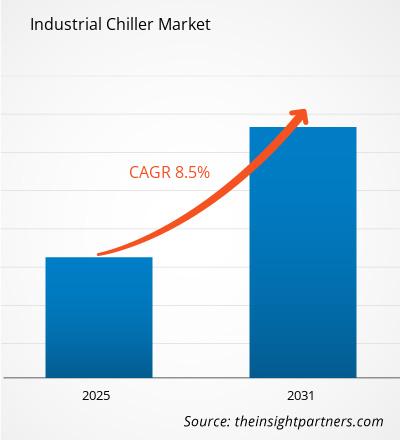
- 获取 工业冷水机市场 主要参与者概述
- 历史分析(2 年)、基准年、预测(7 年)及复合年增长率
- PEST和SWOT分析
- 市场规模、价值/数量 - 全球、区域、国家
- 行业和竞争格局
- Excel 数据集
近期报告
客户评价
购买理由
- 明智的决策
- 了解市场动态
- 竞争分析
- 客户洞察
- 市场预测
- 风险规避
- 战略规划
- 投资论证
- 识别新兴市场
- 优化营销策略
- 提升运营效率
- 顺应监管趋势












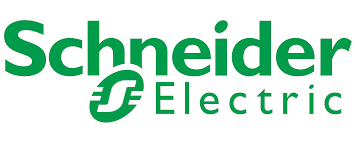


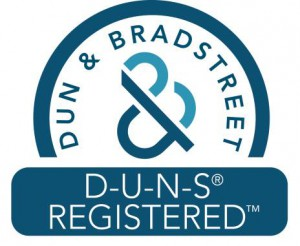
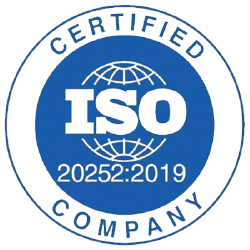





 获取免费样品 - 工业冷水机市场
获取免费样品 - 工业冷水机市场